
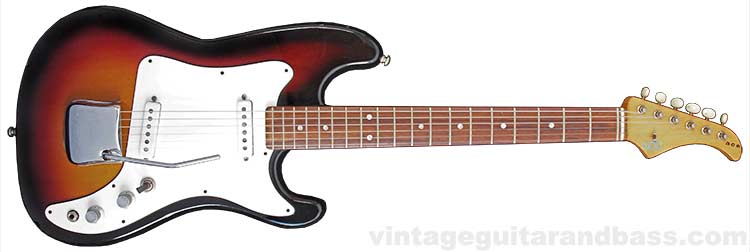
The Vox Ace was available from at least early 1961, and up until at least 1966. It was one of the British models, made by JMI in Dartford, Kent, primarily aimed at the UK guitar market. The Ace was also exported to the United States in small numbers and can be considered the precursor to the Italian equivalent model the Vox Hurricane, which was largely distributed in America. The Vox Ace was very much a mid-level model, with a late 1965 price of £36 15S - compared to £17 17S for a dual pickup Vox Clubman, and £89 5S for the Vox Mark VI (the cheapest and most expensive Vox six-strings available at that time).
The body itself was routed for three pickups, and, with a different (three-pickup) escutcheon, could simply be converted to the Vox Super Ace.
Over the years of production there were several changes in components, but the basic configuration of twin pickups, a single volume and tone control and de Luxe tremolo were constant throughout. The guitar shown here, from 1965 is typical of all the later Ace's: Vox V2 pickups; metal control knobs; thick, black-edged scratchplate; regular input jack (now positioned on the scratchplate, rather than body edge) and the shorter headstock. Compare this guitar to a 1963 Ace with earlier features.
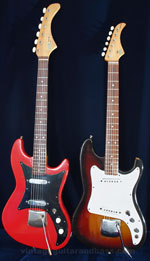
The most significant change in the Vox Ace was the redesign of mid/late 1963. Aswell as the hardware changes outlined above, the body itself also changed; the size and thickness remained approximately the same, but the shape altered subtly, edges were now smoothly radiused, and the body wood changed from a laminate to a single solid piece. The example shown here is most likely agba, although other light-weight hardwoods such as mahogany may also have been used. The new neck was shorter (note the headstock shape) with 19 (as opposed to 21) frets, joining the body at the 15th fret (rather than the 16th). These were now made by furniture manufacturer G-plan in the UK, as opposed to Stuart Darkins who produced the earlier necks.
The differences can be seen in the image - left: 1963 Ace, right: 1965 Ace. The newer Vox Ace is considerably shorter than the older.
These changes resulted in an (arguably) far nicer guitar, which was both lighter in weight and more playable.
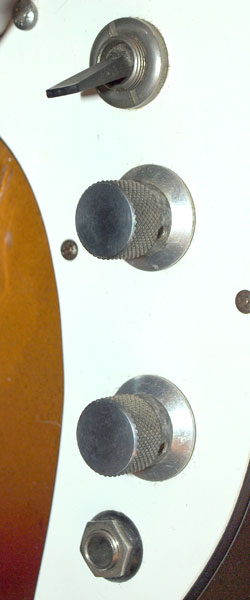
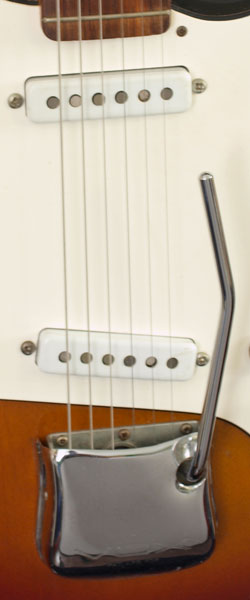
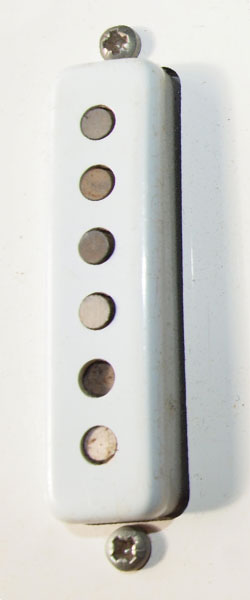
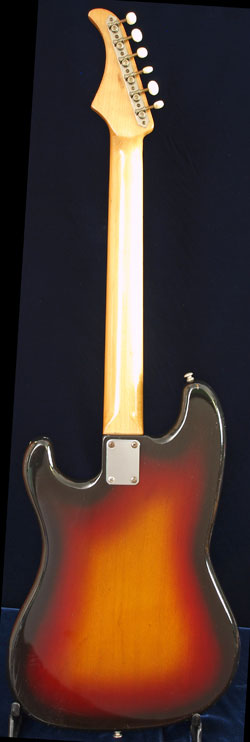


As well as a much smaller headstock, the second version of the Vox Ace had a shorter neck (produced by G-plan in the UK), a zero fret, open gear, plastic button strip tuning keys, and somewhat different headstock transfers; the words 'Vox' and 'Ace' at placed at different ends of the headstock, and there is no 'JMI Dartford Kent'. This whole guitar is shorter, in part due to the neck/headstock size, but also due to the fact that the bridge is set further back on the body.


And below the Vox Ace in it's original case.

The body itself was still routed for the three-pickup equivalent model the Super Ace; the addition of an extra pickup and associated controls being the only real difference between the two models. The wiring loom is very simple, with just a single volume and tone control, with three-way pickup selector switch. For more details of the loom, and circuit schematic, see the main Vox Ace page.
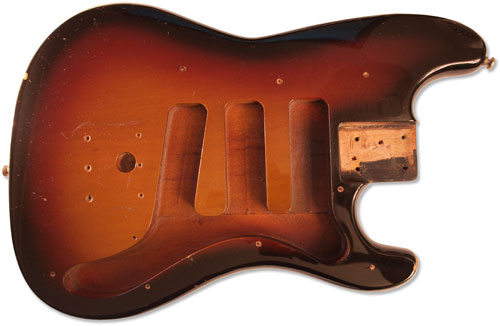
Subscribe to our youtube channel for more vintage guitar and bass demos.
Find out more about these instruments here: 1965 Vox Ace, 1965 Vox AC4
Two very cool UK Vox (JMI) products from 1965: a dual pickup Ace guitar, and a 4w AC4 amp. Actually a great combination with a pretty wide tonal palette.
Recorded here with an Electrovoice RE-20 (left channel) and a Shure SM57 (right channel), through a Focusrite Scarlett 2i2 interface - highly recommended gear!
$795
$1090
$3000
$650
$650
$1000
$1400
$761
$1500
$3950
$1400
$3000
$599
$1000
$600
$599
$600
$1695
$7000
$5000